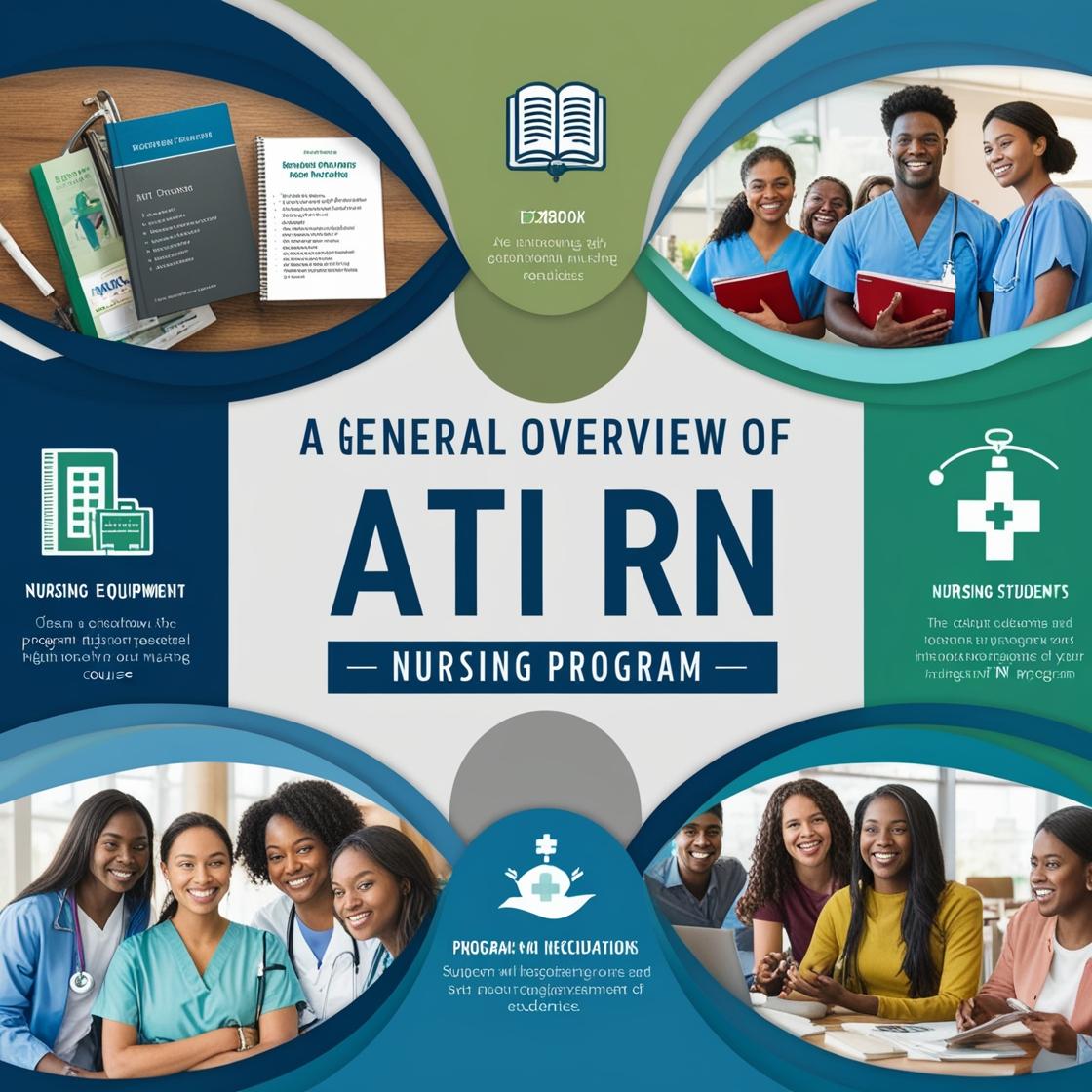ATI RN
ATI Proctored Pharmacology 2023
1. A client has a new prescription for colchicine to treat gout. Which of the following instructions should be included?
- A. Take this medication with food if nausea develops.
- B. Monitor for muscle pain.
- C. Expect to have increased bruising.
- D. Increase your intake of grapefruit juice.
Correct answer: B
Rationale: Monitoring for muscle pain is crucial when taking colchicine because it can lead to rhabdomyolysis, a serious condition characterized by muscle breakdown. This adverse effect needs prompt identification to prevent complications. Choices A, C, and D are incorrect because taking colchicine with food, experiencing increased bruising, or increasing grapefruit juice intake are not relevant instructions for a client prescribed colchicine for gout.
2. When teaching a client with a prescription for Phenytoin, which of the following instructions should the nurse include?
- A. Expect the development of a mild rash.
- B. Take the medication on an empty stomach.
- C. Monitor for signs of gingival hyperplasia.
- D. Increase your intake of calcium.
Correct answer: C
Rationale: Phenytoin is known to cause gingival hyperplasia, a condition characterized by overgrowth of gum tissue. The nurse should instruct the client to monitor for signs of gingival hyperplasia, such as swollen or bleeding gums. Good oral hygiene practices are essential to prevent or manage this side effect. Choices A, B, and D are incorrect. Phenytoin does not typically cause a mild rash, should be taken with food to reduce gastrointestinal upset, and does not warrant an increase in calcium intake.
3. A client has a new prescription for Metronidazole. Which of the following instructions should be included?
- A. Avoid drinking alcohol while taking this medication.
- B. Take the medication on an empty stomach.
- C. Increase your intake of green, leafy vegetables.
- D. Discontinue the medication if you experience a metallic taste.
Correct answer: A
Rationale: The correct instruction for a client prescribed Metronidazole is to avoid drinking alcohol while taking this medication. Metronidazole can cause a disulfiram-like reaction when combined with alcohol, resulting in severe nausea, vomiting, and other adverse effects. Therefore, it is crucial for clients to refrain from consuming alcohol during treatment to prevent these potential complications. Choice B is incorrect because Metronidazole can be taken with or without food. Choice C is irrelevant as there is no specific requirement to increase green, leafy vegetable intake with Metronidazole. Choice D is incorrect as a metallic taste is a known side effect of Metronidazole but does not necessarily indicate the need to discontinue the medication.
4. A client is prescribed levothyroxine for hypothyroidism. Which of the following findings should indicate to the nurse that the medication is effective?
- A. Decreased heart rate
- B. Increased energy levels
- C. Weight loss
- D. Improved mental clarity
Correct answer: B
Rationale: Increased energy levels are a key indicator of the effectiveness of levothyroxine in treating hypothyroidism. Levothyroxine works to regulate thyroid hormone levels, which can lead to improved energy levels as the body's metabolism is restored. While the other options may also improve with treatment, increased energy levels directly reflect the correction of the thyroid hormone imbalance. Decreased heart rate can be an indicator of overmedication, weight loss can be attributed to increased metabolism but may not directly reflect the effectiveness of levothyroxine, and improved mental clarity is a more general cognitive improvement that may not directly relate to thyroid function.
5. When preparing to administer IV Acyclovir for Herpes Zoster, what action should the nurse take?
- A. Infuse the medication over 1 hour.
- B. Monitor the client's blood pressure every 15 minutes during infusion.
- C. Administer a stool softener.
- D. Monitor the client's blood glucose level every 4 hours during infusion.
Correct answer: A
Rationale: The correct action for the nurse is to infuse IV Acyclovir over at least 1 hour to prevent nephrotoxicity. Rapid infusion can lead to adverse effects, so a slow infusion rate is crucial for patient safety. Monitoring blood pressure, administering a stool softener, or monitoring blood glucose levels are not directly related to the administration of IV Acyclovir for Herpes Zoster.
Similar Questions

Access More Features
ATI RN Basic
$69.99/ 30 days
- 50,000 Questions with answers
- All ATI courses Coverage
- 30 days access @ $69.99
ATI RN Premium
$149.99/ 90 days
- 50,000 Questions with answers
- All ATI courses Coverage
- 30 days access @ $149.99
